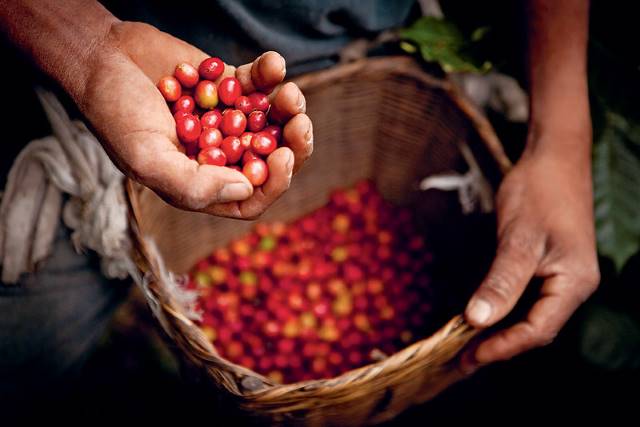Hunger in Mexico: The Continuing Fight

Mexico struggles with multiple food-related health issues that range from malnutrition to obesity. Many families do not have access to the proper nutrients that their bodies need. However, this is not because of a lack of resources but rather because they cannot afford the available food. Approximately 36% of Mexicans are poor, with 7% in extreme poverty, making hunger in Mexico a significant problem.
A Failed Crusade Against Hunger
Almost 22 years ago, in January 2013, and in the face of over seven million Mexicans living in extreme poverty, President Peña Nieto created the National Crusade Against Hunger. The program was designed not only to fight poverty and hunger in Mexico but also to completely eradicate both. The program centered around five main objectives: to achieve zero hunger through adequate food provisions, improve child nutrition rates, increase monetary income and food production for rural farmers, minimize food loss during transportation and promote internal community awareness. The Crusade allowed Mexicans in local communities to choose what objectives they wanted to focus on. The hope was for the program to address the diverse needs of varying regions.
However, two years after the Crusade began, Mexico’s National Council for the Evaluation of Social Development Policy observed that it had made no substantial progress towards the five listed goals. Additionally, the Federal Auditor’s Office found that the program only covered approximately 60% of the population. Moreover, those that the program did cover failed to report adequate data on the aid received. After advising that the program be shut down in 2018, the Federal Auditor’s Office labeled the Crusade a failure.
The Hunger Project
The Hunger Project (THP) has been a long-time supporter of hunger reduction efforts in Mexico, having worked with the people of Mexico for over 30 years. (As a prominent Mexican citizen, Mexico’s country director of The Hunger Project had participated in the activities of the Crusade). By providing training, education and monetary support, THP aims to teach communities how to take care of themselves long-term. In 2024, THP is particularly targeting indigenous and marginalized communities in rural areas, working to bring them to self-reliance. The current recipients include elderly indigenous women entrepreneurs, indigenous girls and adolescents, mothers, children under 5 and families, as well as indigenous men. Their work includes nutrition intervention, “indigenizing” food systems, training to build sustainable food security and Eat Well programs.
Global FoodBanking
In 2023, Mexico’s network of (56) food banks (Red de Bancos de Alimentos de Mexico, BAMX), a certified member of the Global FoodBanking Network, served almost 2.5 million people (over 847,000 children) and supported over 2,000 community service agencies with over 70,000 volunteers. GFN focuses worldwide on solving challenges to food security, hunger and sustainability.
Saving Food, Reducing Hunger
Roadrunner Food Bank, established in 1979 in Albuquerque, New Mexico, is the largest food bank in the state and a member of Feeding America. In the summer of 2024, RFB signed an agreement with BAMX to establish the International Food Exchange Project. Through a food rescue process, millions of pounds of quality but “unsaleable” fruits and vegetables that would otherwise be unused and wasted, will have an outlet, first through BAMX food banks, with any excess going to southwestern U.S. food banks. Says Dana Yost, president and CEO of RFB, “[T]he big win is that it increases nutritious food access to people facing hunger whether they live here [New Mexico] or in Mexico. After all, hunger has no border.” The process will include the participation of growers, producers, exporters and other partners. One task will be to identify donor support and funding needs. The project is currently a pilot effort, but the intention is eventually to create a guide to the project that will allow it to expand. While food rescue and food sharing are not new concepts, this is the “first of a kind” arrangement between binational food banks and can become a model for similar efforts between other countries.
– Staff Reports
Photo: Flickr
Updated: October 28, 2024
